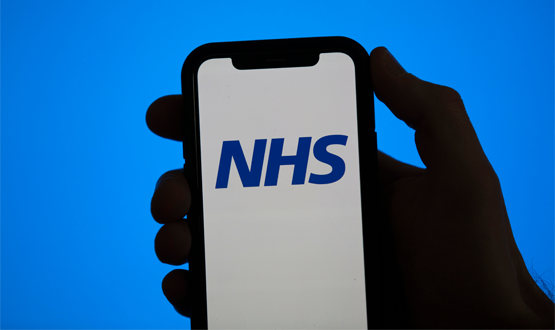First cut of VistA for NHS developed
- 11 December 2013

Two US companies have worked with UK open source experts to create a ‘first cut’ of an anglicised version of the VistA electronic patient record system.
Medsphere and General Dynamics Information Technology have created a virtual lab and worked with Tony Shannon, the chief clinical information officer of Leeds Teaching Hospitals NHS Trust and an open source propononent, to develop a UK-version of parts of the system.
Medsphere chief medical officer Edmund Billings said the US companies are working together to show the UK market the benefits of the US Veterans Health Association’s open source EPR, which he describes as “really set up for what the NHS wants to achieve."
Guidance released in July said NHS England wanted to explore the creation of an NHS version of VistA. However, experts calculated that it would cost £7m and take eight months to make it ready for the UK market.
Rather than anglicising the US system, NHS England decided create a framework for NHS trusts to buy open source system support, hosting and change management. VistA is one of four products identified by NHS England, which it expects to be on the framework.
Billings said: “we clearly understand the NHS England vision for open source and they are not looking to do a big top-down project, but to really create a market place and we think that VistA is a very compelling solution.
“A lot of people have fears about open source as a concept, but what we are talking about is a very proven established software system that’s doing tremendously good work across the US in many settings."
Medshere and GDIT helped to implement VistA in the US Indian Health Service, which involved integration and configuration of the system for the organisation, as well as adding modules not needed for veterans’ health, such as child health and maternity.
Billings said the companies are still determining the full extent of what anglicisation for the UK market would involve, but are confident that the cost will not be “anywhere near as high” as £7m.
The system has already been deployed elsewhere in the world, such as Jordan and Mexico, which required more extensive work than that needed to introduce to the UK, he argued.
“We need to go through the process of doing that, but we feel that scoping this could be done in a collaborative environment.”
The companies have created a virtual lab and have worked with Shannon and a team of experts on a “first cut” of an anglicised version of VistA. Portions of the EPR are already available to view by NHS trusts interested in using an open source system.
Billings said key issues to tackle in terms of making it ready for the English market are the organisation of patient information and the management of pharmacy information, as these are different in the US and UK.
The plan is not to introduce a full patient administration system, but to integrate VistA with an “established, proven patient administration system” at a trust.
NHS England expects to invest £20m from the first £260m ‘Safer Hospitals, Safer Wards: Technology Fund‘ in open source projects and a similar amount from the second technology fund, worth £250m.
“We do think that those incentives are terrific and show their commitment to an open source offering in the mix,” said Billings.
“From an economic point of view it’s a market and from our perspective it’s a health system and VistA is built for supporting a health system. It’s not just an application, but a system that helps a health system run.”
Billings said the NHS can benefit from the work already done by the VA and Indian Health Service to develop the product, in line with clinical needs.
He is looking for trusts that are interested in bidding for an open source implementation as part of the second technology fund.
“I don’t think we fully understand the scope of interest and the first movers, we need to have that conversation with people who are really interested,” he said.




